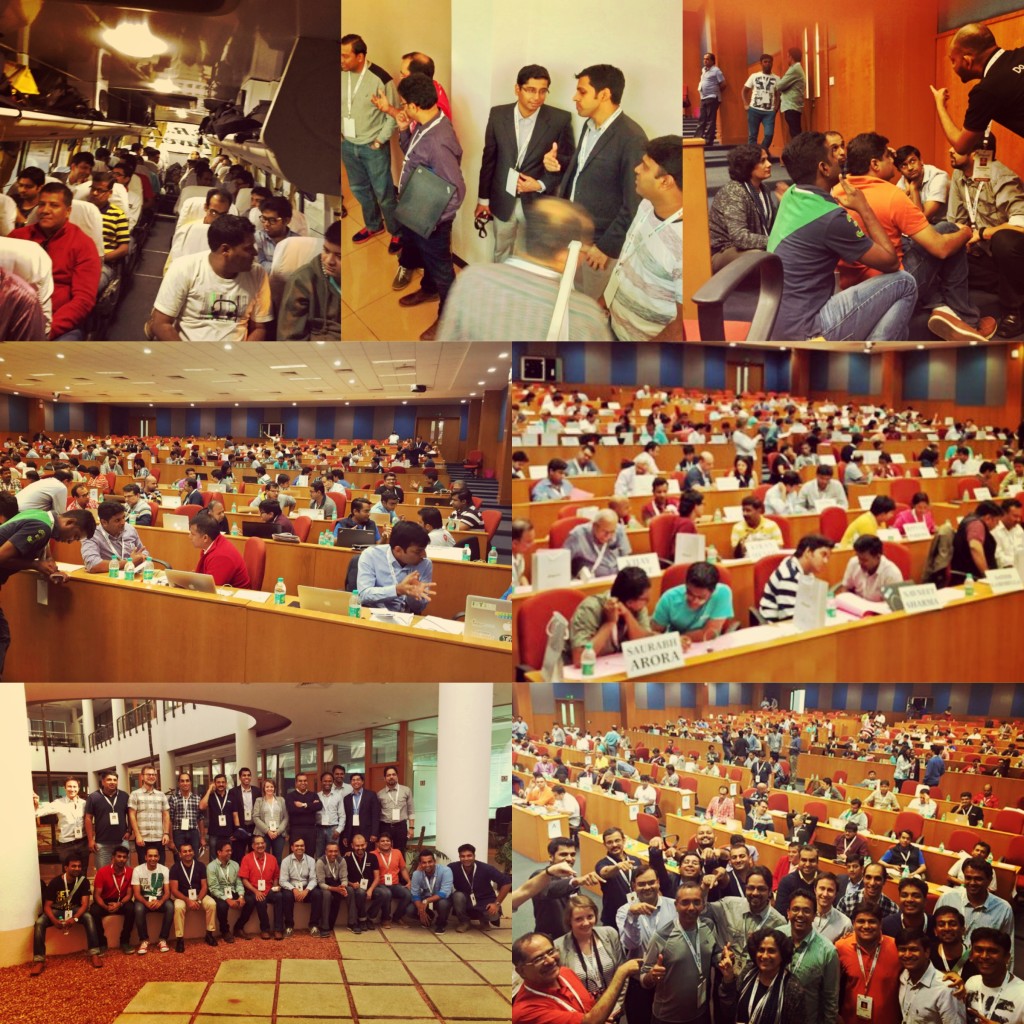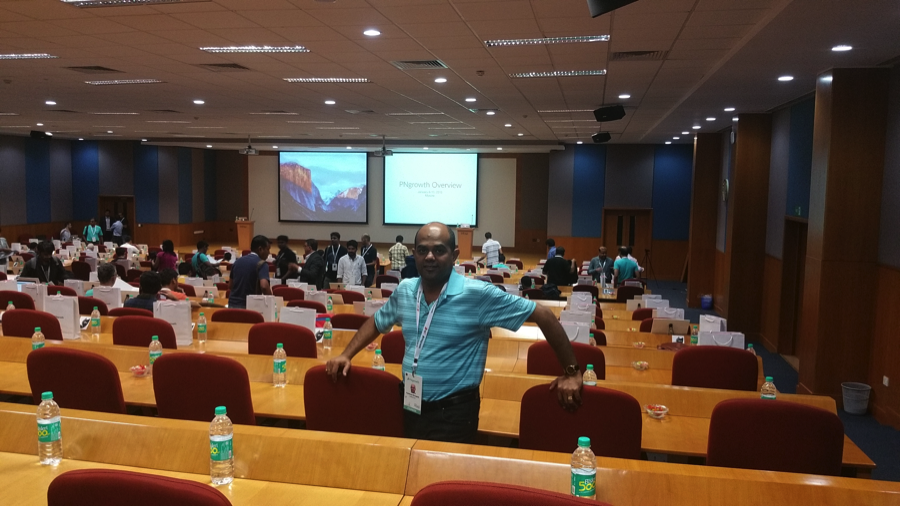Two libraries. One charges you based on the number of books that you pick, while for the other, the rental period forms the basis of its prices.
Now, which one would you prefer to get your books from?
There’s no right or wrong answer in this scenario. What matters here is how you were able to make your choice, with a single criteria.
Both libraries cater to the same audience, with the same service, and the single element that tells them apart (besides their librarians’ temperaments) is their pricing strategy. And this one aspect is enough to determine if the libraries will make a fortune or fall headlong.
Your pricing model and strategy could make-or-break your SaaS business; apart from the tangible monetary consequences, it is one of those intangible yardsticks that have a major share of influence on your customer’s/prospect’s perception of your business.
An article published by the Harvard Business Review in 1992 states that a 1% improvement in pricing leads to a whopping 11.1% hike in the operating profit.
”..in SaaS, pricing is tightly coupled to the product itself, which is different from other types of software and non-tech products where the price is decoupled from the product.” – Lincoln Murphy, Customer Success Evangelist
It is that one thread that’s intertwined with every other facet of your business, right from the product, the marketing strategy, the sales strategy, to the company’s bottom line.
Many SaaS ventures who’ve acknowledged its worth have taken the reins to constantly innovate, experiment, and uncover the ideal pricing strategy for their business models. And among the many differentingredients that they employ in putting together a SaaS pricing model, is the “Value Metric”, which is also the protagonist of this post.
Why it’s worth talking about (and why you should keep reading further):
A value metric (also called a pricing dimension or a pricing axis) is basically the foundation of your pricing model – it is the metric depending on which you set your prices. In our earlier illustration of the two libraries, the number of books and the rental period are the metrics of the corresponding libraries.
Looks effortless, huh? There’s more to it than meets the eye.
The value metric literally decides your pricing strategy. It conveys the value each plan proposes to offer your customers, and gives them a valid reason to fork out money for your product. According to Patrick Campbell (the CEO and co-founder of Price Intelligently), the perfect metric should align with your customers’ needs, grow with them and be easy to wrap one’s mind around.
Select the wrong metric and you risk devaluing your offering. Opt for the right one – your customers would actually be happy to upgrade to the next level, as they understand the value that they’ll be receiving by doing so.
“If you are running a SaaS business (or any other kind of software business), it pays to spend some time thinking about your pricing axes. This represents one of the very powerful levers that are available to you to grow your business. (I am surprised by how often I find this has been ignored.)” – David Skok, five-time entrepreneur and General Partner at Matrix Partners
So let’s give this factor the importance that it deserves, and learn a few tricks from these SaaS guys who got it right.
Lesson 1- The Deceptively Simple Pricing Model:
Take a look at Hubspot’s pricing for instance.

They have segmented their plans according to the number of contacts – a deceptively simple move.
This is why. The metric they’ve resorted to is simple and straightforward – no ifs and buts; no little asterisk marks that point to a list of conditions. And yet, the way it works is nowhere close to simple.
Think about it – with its pricing, Hubspot brings more1 value to its customers (who are essentially marketers and salespeople – leads/contacts are the bread and butter for these folks) by letting them manage more contacts, and in the process, it gets a share of the value generated. Even if a customer doesn’t want to upgrade, their growth still benefits Hubspot through the overage charges (based on the extra contacts). In essence, this model allows for a smooth transition of customers from one pricing level to a higher one.
The customer receives value for what they’re paying, a value that the product had promised to give them in the first place. So for a customer, paying more translates to handling more contacts and making more conversions. Hubspot grows, as the customer’s business grows. A win-win!
Lesson 2 – The Aspirational Quotient and the Unambiguous Metric:
Here’s what Freshdesk’s pricing looks like:

Basically, they have a user-based pricing, “users” referring to customer support agents. And they start with a freemium tier, which encompasses almost all the basic features, but with a tiny tweak.
If you look closer, you’ll notice that the freemium plan limits the number of users to 3. This means that a customer who initially signs up for the free scheme would automatically be moved to a paid plan as soon as their user count goes beyond 3. A changeover that’s as smooth as silk.
Another point to make note of, is how they’ve infused an aspirational quotient in their pricing, so that a lower-tier user looks at the higher tiers with an “I want that!” gaze in their eyes.
Let’s say a startup founder signs up for the Sprout plan, a good place to begin with. Once their customer base starts to scale, they start receiving more support questions, and consequently their help desk requirements start increasing as well.
The first demand would obviously be to accommodate more than 3 support staffs. Apart from that, they would also realise the necessity of certain plan-exclusive features. For example the “Agent Collision Detection” feature (which shows a support agent if another agent is working on a ticket) plays a major role in avoiding embarrassment in front of your customers, and in turn improves the team’s efficiency. So in an effort to equip their customer support soldiers with the best possible ammo, the company automatically moves to the pricier plan.
As you can see, Freshdesk has worked out a simple approach to show the users what they’re missing out on and how they would be gaining more from an upgrade.
Another common value metric for customer support and help desk softwares is the number of support tickets. A customer would never be able to pinpoint the exact number of tickets that would be generated for a given period, and they wouldn’t really be pleased to pay for a metric that’s ambiguous.
The key is to have a pricing strategy that works in the interest of the customers as well as that of the business. Groove’s pricing experimentvalidates this fact. They initially grouped their pricing bundles based on the ticket count (with no limit on users), and it clearly didn’t turn out well. They finally settled with the simplest per user pricing model, and this time, they were right with their strategy.
“If our uniqueness comes from being the simplest, easiest app, then our pricing has to reflect that, too.” – Alex Turnbull, CEO & Founder of Groove
Lesson 3 – The Multi-dimensional pricing and the Choice Paradox:
A similar pattern can be found in the Electronic Signature Software segment as well. There’s Adobe’s eSign, where the pricing is hinged on the number of “seats”, or “users” in the common tongue.

Then there’s DocuSign, which bases its pricing bundles on the number of users and at the same time, restricts the number of documents for the two smaller plans. This way, the customer will move up the pricing ladder when the number of documents exceeds the specified limit. And that’s where the deceptively simple pricing comes into play.

Also, both of these pricing slabs have one other common characteristic: plan-specific features. What’s going on here, is that they’ve added another “dimension” or value metric to their pricing model. Freshdesk’s model belongs to this category as well – by making their plans both user and volume driven, they flaunt a multi-dimensional pricing model.
In a one-dimensional model, by focussing on a single dimension, you’re only narrowing your scope, rendering the other differentiating dimensions useless. In other words, you fail to unearth the full revenue potential of your product.
Chargebee’s earlier pricing model was established on just the number of invoices, with all the features available for all the plans. We then realised the flaw in our approach, and what we were losing out on because of this. Subsequently, we’re working on making certain prominent features exclusive for specific packages, and thus making our pricing model a multi-dimensional one.
A word of caution: Multi-dimensional pricing is good. But overdoing it and incorporating a lot of value metrics in your pricing strategy would only backfire, leading to a “Choice Paradox”, where the prospect gets too confused to decide. Use dimensions that are clear, concise and comprehensible, and know where to stop – keep in mind that the buyer’s decision process has to be as frictionless as possible. David Skok recommends a maximum of 3 pricing axes and suggests 2 axes to be the optimal choice.
Lesson 4 – A few other short pointers:
Among the umpteen slip-ups that companies make while arriving at a pricing strategy, is the fixing on the wrong metric(s); this is one error that could lead to critical damage. A research conducted by PWC showed that SaaS pricing leaders have two things in common when it came to their pricing strategy:
- Their value metrics are derived from their customers’ perceptions
- Their strategy is easily intelligible, measurable, and workable
In one of our previous posts, we delved deep into the enigmatic question of “What is the right approach to SaaS pricing?”, which led us to some rather interesting conclusions. This was one of them:
There are two interesting rules to SaaS pricing –
- NEVER break your promises, stick to what you’ve committed.
- No pricing strategy is perfect. Always be testing.
An inference from that second point right there – “There’s no one-size-fits-all pricing strategy”.
So there you have it.
Choose the metric that would mean something to your customers, and would justify the price that you’re charging them.
Choose the metric that is tied to the core value of your entire offering/promise.
Choose the metric that would set the scene for a win-win situation. Evaluate, rinse, repeat.
Maybe your best possible value metric (and pricing strategy) is just a turn away.
Guest Post by Sadhana Balaji, ChargeBee


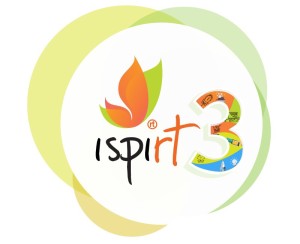 On Saturday, I was going to attend 3rd year anniversary event of iSPIRT On the way on my bus to meeting, my mind was filled with varied thoughts about 2010 or earlier, when I was outsourced product start-up employee. Looks like little time ago, 6 years has passed from 2010 when I met the volunteers of NPC. Sharing comments to volunteers (Avinash, Rajan, Vijay, Manju, Suresh) on lack of “Made in India” products, I learnt that their thoughts were similar and more advanced. In addition, while I was talking, they had larger dream to create ecosystem where tech geeks are proud of creating products and the first baby step to create pride to come with products was NPC event.
On Saturday, I was going to attend 3rd year anniversary event of iSPIRT On the way on my bus to meeting, my mind was filled with varied thoughts about 2010 or earlier, when I was outsourced product start-up employee. Looks like little time ago, 6 years has passed from 2010 when I met the volunteers of NPC. Sharing comments to volunteers (Avinash, Rajan, Vijay, Manju, Suresh) on lack of “Made in India” products, I learnt that their thoughts were similar and more advanced. In addition, while I was talking, they had larger dream to create ecosystem where tech geeks are proud of creating products and the first baby step to create pride to come with products was NPC event.
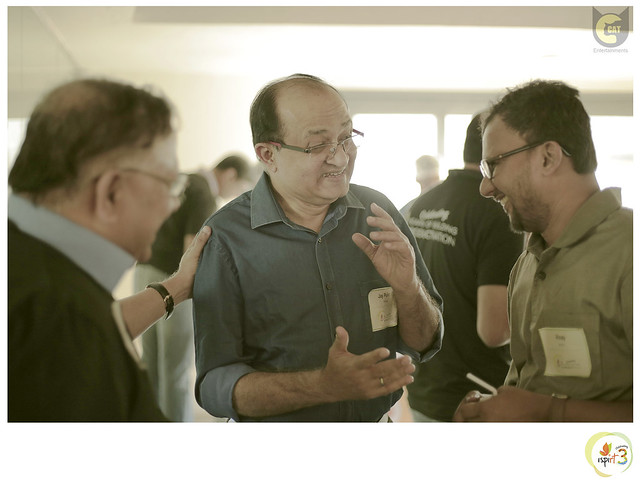
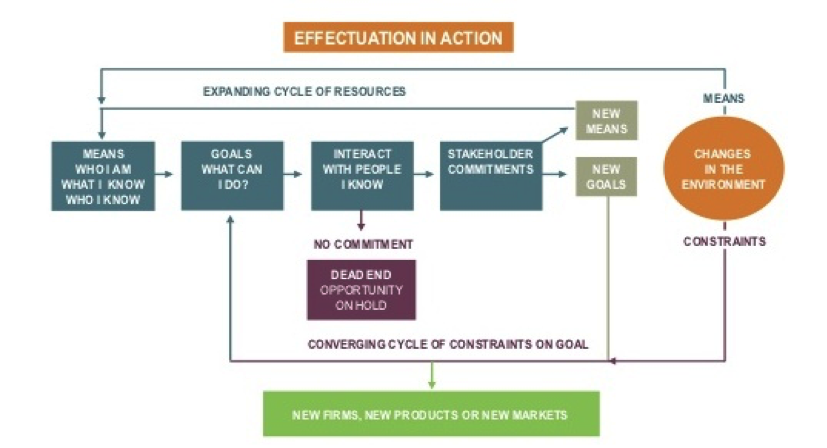
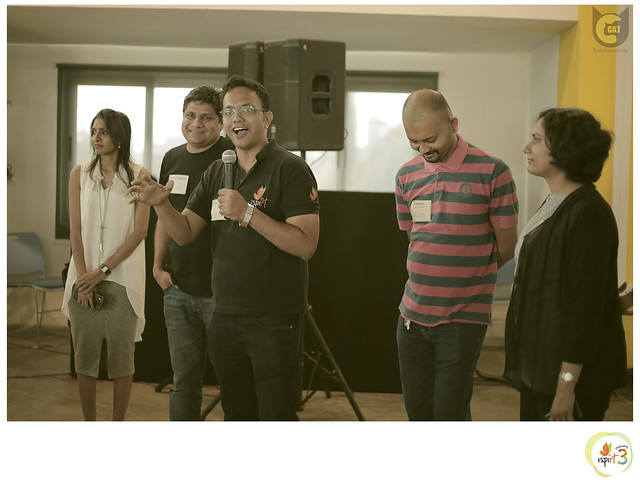
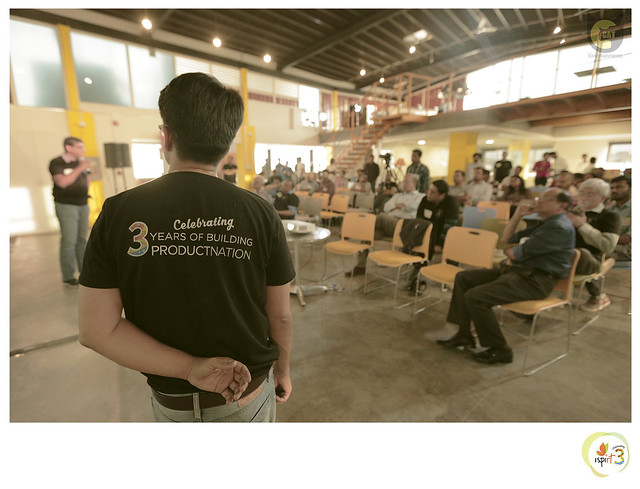
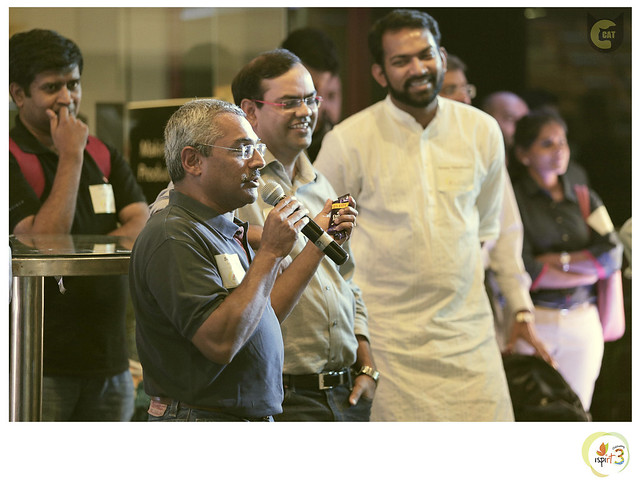
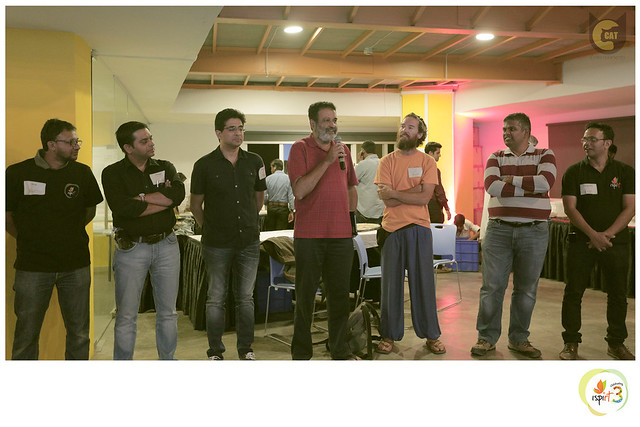

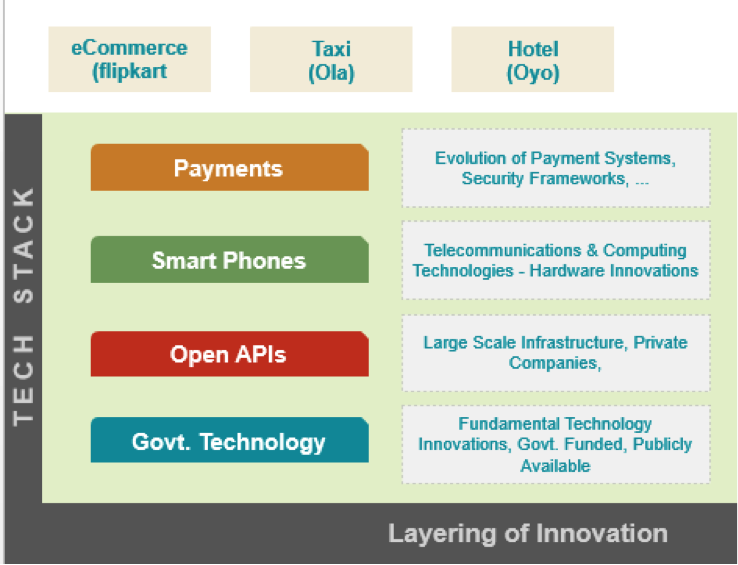

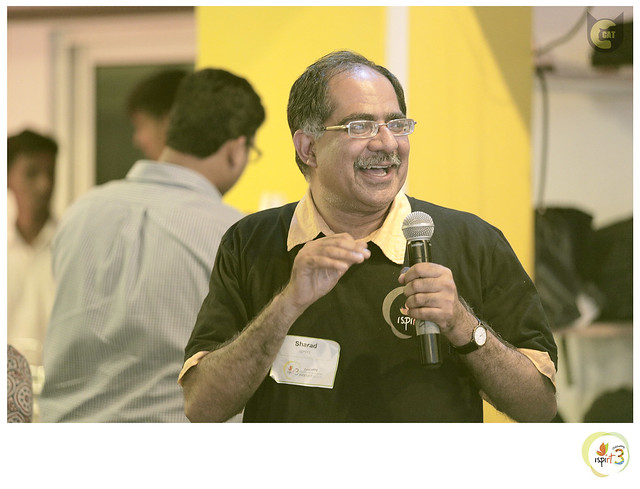
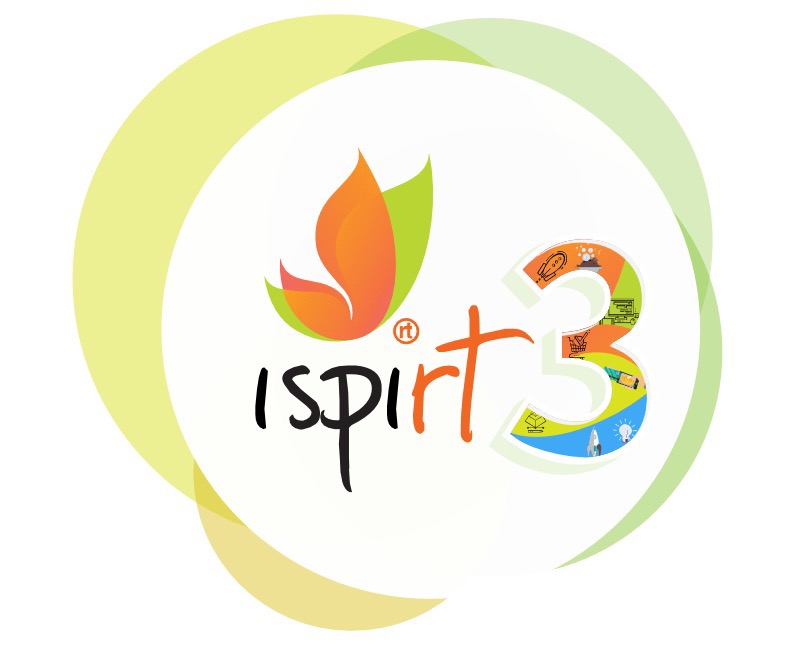 Seven years ago a band of volunteers came together to move the Indian software product ecosystem into the next orbit. Three years ago this movement became a think tank, iSPIRT. We pioneered the idea of building public goods without public money in India
Seven years ago a band of volunteers came together to move the Indian software product ecosystem into the next orbit. Three years ago this movement became a think tank, iSPIRT. We pioneered the idea of building public goods without public money in India The govt. continues to spend crores of tax payers money to IT service providers to develop these abysmal portals instead of open sourcing it.
The govt. continues to spend crores of tax payers money to IT service providers to develop these abysmal portals instead of open sourcing it.
 Hence, our principle is simple – “Let people come in for the utility. Present it in the simplest manner. And let them discover the power of a humane touch”.
Hence, our principle is simple – “Let people come in for the utility. Present it in the simplest manner. And let them discover the power of a humane touch”. 